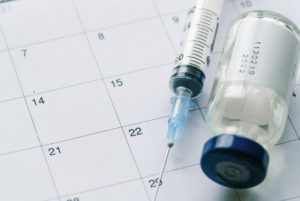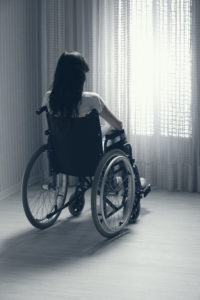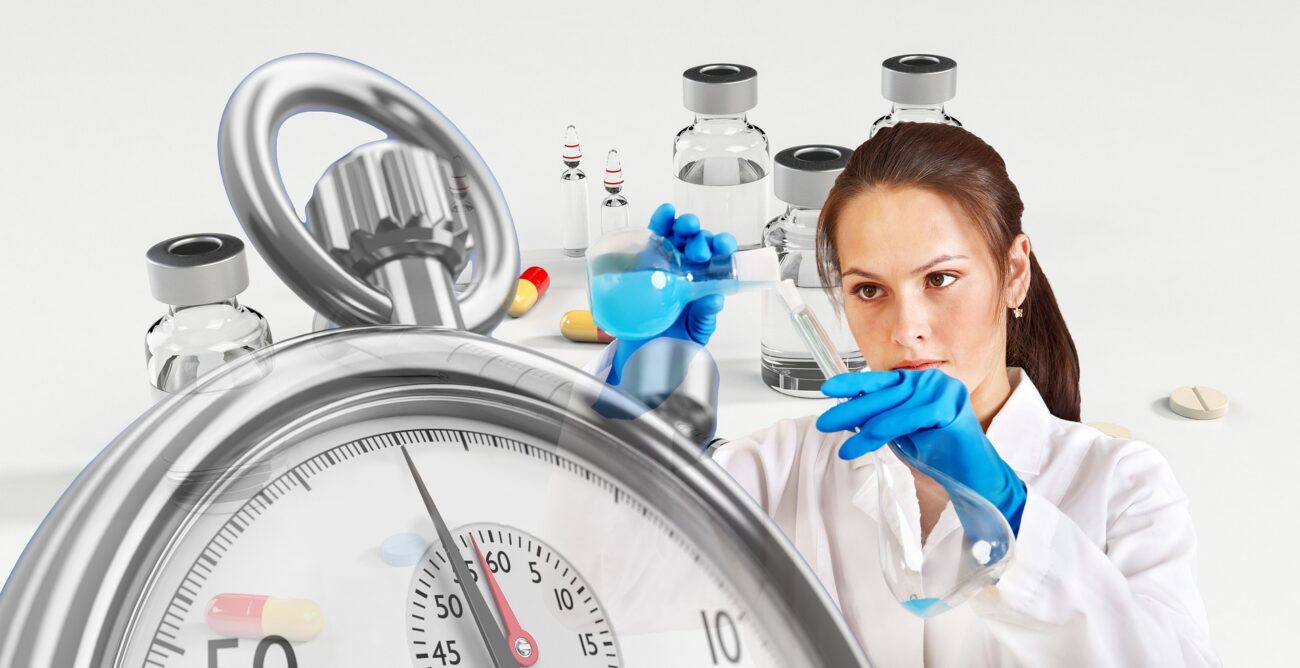Excerpts taken from my 2007 article published in the Fitchburg Star, Wisconsin.

The vial with vaccine and syringe
The media has continued to tout the HPV vaccine, GARDASIL, to be a “cure-all” for cervical cancer. Proponents have urged states to mandate girls as young as 9 years old to use the experimental vaccine to prevent an infection that cannot be transmitted in the school setting.
Spurred on by the media and lobbied by pharmaceutical maker Merck, Texas Governor, Rick Perry, attempted to mandate GARDASIL for all young girls in 2007, but failed when the public rebuked his authority to do so. Even the editor of JAMA opposed requiring girls to get vaccinated against the virus.
While Merck’s original (2007) advertising blitz was unsuccessful in its goal for a universal mandate, it then targeted school-aged boys to get vaccinated with GARDASIL.
Will pets be next?
Before you opt for the vaccine, you should arm yourself with enough information to make an informed decision. Do not depend on your doctor to make you aware of the pros and cons (i.e., informed consent). Here are some basic facts:
Background
HPV is considered a sexually transmitted disease and nearly 100 percent avoidable by modifying lifestyle habits. The vast majority of HPV infections are transient so if you eat right, exercise, and control stress, your immune system should be robust enough to eliminate HPV.
In fact, about 90 percent of all HPV infections clear up on their own within two years.
Since the 1950’s, cervical cancer has declined by more than 74 percent in the US due to pap smear programs and today causes fewer than one percent of all cancers diagnosed in the US and fewer than one percent of all cancer deaths in the US.
Of the more than 60 strains of HPV, about 15 are thought to lead to cervical cancer. GARDASIL targets four strains; 6, 11, 16 and 18, with protection against strains associated with HPV16 and HPV18 precancerous cervical lesions. Anyone who has contracted one of the viruses prior to receiving the vaccine will not be protected. Further, Merck’s own research shows that exposure to HPV strains 16 or 18 prior to receipt of Gardasil vaccine, could increase your risk of precancerous lesions by 44.6 percent.
A February 2007 study published in the Journal of the American Medical Association (JAMA), shows the prevalence rate of infection for females aged 14 to 24 to be 24.5% percent (lower than the 50% figure cited on Merck’s website), with rates dropping off substantially as women age.

The rates for HPV 16 and 18 – the two types of viruses responsible for 70 percent of all cervical cancers – are significantly lower: only 1.5 percent and 0.8 percent, respectively.
Vaccine trials, conducted in women aged 15-55, were not tested in 9 year olds even through they are recommended at this age.
The trials were designed to measure whether the HPV vaccine prevented precancerous changes in the cervix, and were not designed to measure how effective it was in preventing tumors. The vaccine only reduced the incidence of cervical cancer precursors by 17 percent.
The FDA allowed Merck to use a reactive aluminum containing placebo as a control for most trial participants, rather than a non-reactive saline solution placebo. A reactive placebo can artificially increase the appearance of safety of an experimental drug or vaccine in a clinical trial.
Adverse Events and Dangers
A new review published in Autoimmunity Reviews links the HPV vaccine to autoimmunity. The study says, “Along with the introduction of the HPV vaccines, several cases of onset or exacerbations of autoimmune diseases following the vaccine shot have been reported in the literature and pharmacovigilance databases, triggering concerns about its safety.”

The federal Vaccine Adverse Events Reporting System (VAERS), continues to receive reports of young girls experiencing serious reactions to GARDASIL Adverse reactions include unconsciousness, seizures and facial paralysis, Bells Palsy, Guillain Barre syndrome, speech and vision problems, arthritis, and lupus, among others, after being injected.
As of May 11, 2007, the VAERS data base showed 1,637 adverse reaction reports. Of 42 women who were vaccinated with Gardasil while pregnant, 18 experienced complications, ranging from miscarriages to fetal abnormalities.
In 2011, the Institute of Medicine (IOM) produced a report, Adverse Effects of Vaccines: Evidence and Causality. In this report, they concluded that some who receive HPV vaccine experience syncope (fainting), and anaphylaxis.
Records from the Department of Health and Human Services showed only 49 of the 200 claims filed for vaccine injury or death from the HPV vaccine have be compensated. The amount awarded to the 49 claims compensated totaled $5,877,710 dollars. This amounts to approximately $120,000 per claim.
As of Dec. 13, 2013, there were a total of 29,918 vaccine reaction reports made to the VAERS associated with Gardasil vaccinations, including 140 deaths.
On December 16, 2013 the CDC recalled one lot (lot J007354) of the vaccine due to glass particles present.
Recombinant DNA Contamination in HPV Vaccine
The HPV DNA in Gardasil not only contains an aluminum adjuvant, but it is a recombinant HPV DNA (rDNA) – genetically engineered – to be inserted into yeast cells for VLP (virus-like-particle) protein production. rDNA is known to behave differently from natural DNA. “Once a segment of recombinant DNA is inserted into a human cell, the consequences are hard to predict. It may be in the cell temporarily or stay there forever, with or without causing a mutation. Now the host cell contains human DNA as well as genetically engineered viral DNA,” says Dr. Lee, pathologist at the Milford Hospital pathology laboratory, well-known for using cutting-edge DNA sequencing for molecular diagnoses, who discovered the contamination.
Dr. Lee confirmed the presence of vaccine DNA fragments (HPV-16 L1) in the postmortem blood of a girl who had died shortly after receiving the Gardasil vaccine, noting the vaccine has the ability to provoke an exaggerated immune response. He also points out that the rate of anaphylaxis in girls receiving Gardasil is far higher than normal—reportedly five to 20 times higher than any other school-based vaccination program!
Efficacy Questioned
Early on, a May 2007 editorial in the New England Journal of Medicine questioned the vaccine’s “overall vaccine effectiveness, duration of protection, and adverse effects that may emerge over time,” as the clinical trials did not provide these answers.
Ironically, The American Cancer Society does not recommend universal vaccination among women between 18 and 26 years of age, citing probable diminished vaccine efficacy as the number of lifetime sexual partners increases.
Costs

At $460 for the original three-shot series, the GARDASIL vaccine is the most expensive vaccine on the market. And recently, the recommendation for three shots has dropped to two, after the American Academy of Pediatrics (AAP) noted vaccine coverage rates are waning, possibly because two doses is enough to cause the neurological side-effects that prevent anyone from ever going back.
Due to the unknown effectiveness of the vaccine, women are still urged to undergo periodic pap smears. Therefore, it will not save health care dollars spent for screenings and pap smears.
An Ounce of Prevention is Worth a Pound of Cure
Cervical cancer is a serious issue, though it is not the epidemic the media is portraying it to be. The best cure for HPV is prevention by: 1) pap smears, or 2) limiting the number of sexual partners, which will not only limit cervical cancer but also other transmitted diseases such as Chlamydia and herpes for which there are no vaccines, and 3) nutrition.
Separate studies report that women who consume high vitamin C-rich foods, folic acid, and antioxidants are less likely to experience persistent HPV infection. One study showed women with the highest levels of vitamin C and E intake exhibited a 52-85% reduction in risk for an abnormal pap smear. These numbers approach or exceed the overall effectiveness of vaccines, while offering broader protection against all viral strains.
Future of GARDASIL?

Human papillomavirus (HPV) is a DNA virus from the papillomavirus family. 3D illustration
An alarming federal health report assailed the FDA on its lack of oversight of clinical trials (with less than 1% of trials audited) to ensure the health and safety of human subjects.
Vaccinating both genders has little benefit over vaccinating one gender alone for a hetero-sexually transmittable disease. Could Merck, responsible for thousands of preventable deaths from its painkiller, Vioxx, be marketing to boys purely for market gain?
The unorthodox marketing of Merck’s HPV vaccine is a vivid example of how powerful commercial interests have become. Merck’s influence has even prevented a lead researcher, Dr. Diane Harper, of the HPV vaccine from warning the public about her concerns that young girls who receive the vaccine may not be protected.
When the American College of Gynecologists and Obstetricians and the editor of JAMA question mandatory vaccination, what’s wrong with opting out of this questionable vaccine that doesn’t appear to be safe nor effective for any human on the planet?





